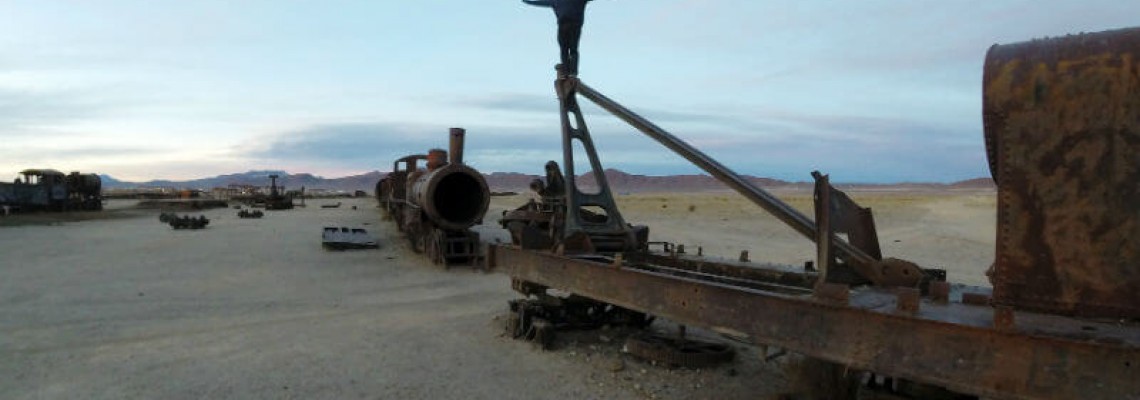
When we talk about Uyuni, most people definitely think only about the majestic white salt desert, the amazing mirror effect and the creative photos you can take in the salt flats. It surely is one of the most beautiful landscapes of Bolivia, but it has even more than this.

In fact, the Bolivian salt flats hide a remarkable treasure, image of a once thriving past when trains were first introduced to an age of industrialization in Bolivia. Today, rust decorates the pieces of machinery that once used to shine leaving a legacy with an intriguing background that many tourists visit every year.
These once modern machines transported all kind of minerals between Uyuni and Antofagasta, including tin, silver and even gold. The train station of Uyuni was the most important of Bolivia, and many trains were taken there to be repaired and for maintenance duties. The station started its story on October 30, 1889, when the first locomotive made its entrance to Bolivia. The State administered it for years until they were capitalized by the government of Gonzalo Sanchez de Lozada.
During the Chaco War (1932 - 1935), these railway lines passing through Uyuni acquired special importance. During the three years of the war, the railways transported soldiers to the battlefields.

When you walk among the trains you think about a golden era, and is easy to imagine what they once meant for the country, with tons of minerals being carried. It fills you with the feelings of being in front of archaeological remains, only that these belong to a recent era, left behind. The weird image of tourists swinging in rusty pieces, climbing to the top of the locomotives or looking inside the windows with no glass that stick out to nowhere are just some of the memories the travelers can bring with them in one of the most singular places in Bolivia and the World.
Sadly, nowadays looting is devastating the last remnants of the train cemetery of Uyuni. Given the concern and the inability to prevent such looting, the town council of Uyuni drew a small study: "The municipal government can not do much because the trains and what remains of them still belong to the National Railway Company (ENFE). As a municipality we are presenting a project profile, which we call the Iron Horses Tourist Circuit, which includes the train cemetery, where it already operates a small little park, which was made with parts left over from the trains", says Arturo Mamani, senior official of the Autonomous Municipal Government of Uyuni.
The visit to the Uyuni train cemetery is somewhat of an obligatory stop for those interested in following the footsteps of a not so distant past. If you want to discover it first hand, take a look at our Uyuni tours!.




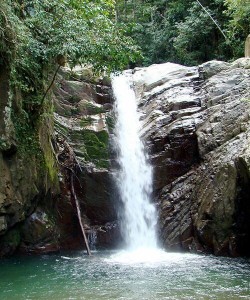




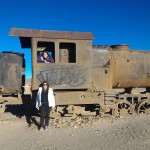



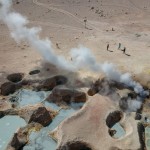



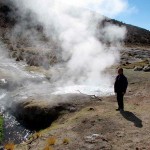






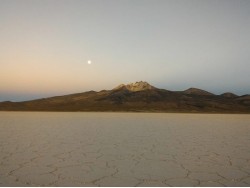
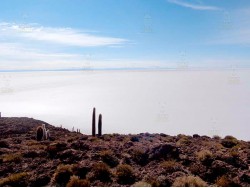
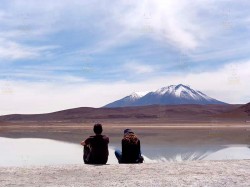

Leave a Comment